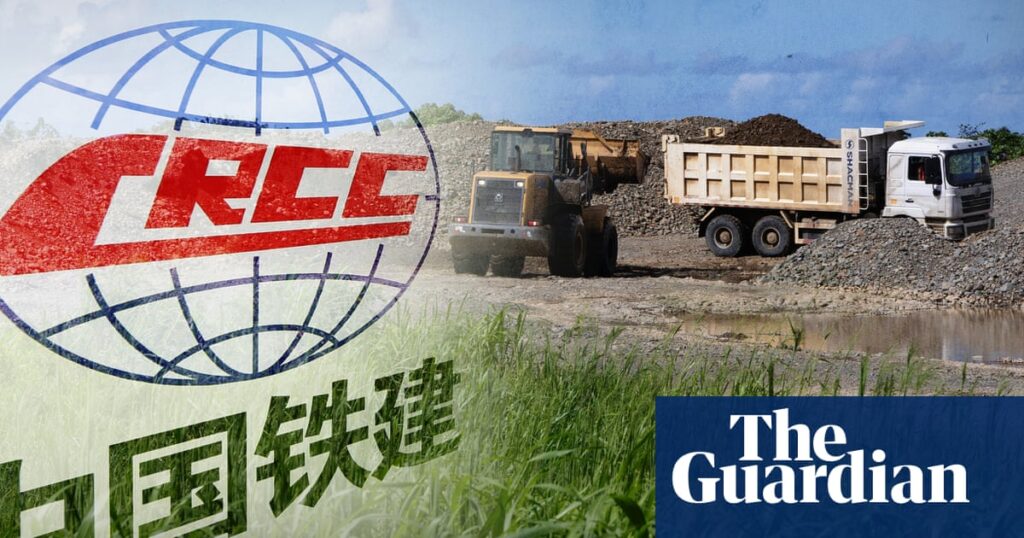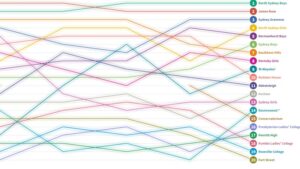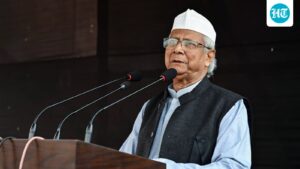
Australia has accused China of taking undue credit for aid projects in the Pacific, claiming that China is “branding” Asian Development Bank (ADB) projects—significantly funded by Australian taxpayers—as Chinese initiatives. This accusation highlights the ongoing geopolitical tensions in the region, where influence is increasingly contested.
On Bougainville, an autonomous region of Papua New Guinea, the state-owned China Railway Construction Corporation (CRCC) has commenced work on strengthening the runway at Kieta-Aropa, near the largest city. Despite the project being funded by the ADB, the local government announcement and subsequent inauguration ceremony prominently featured CRCC branding, overshadowing the ADB’s role.
Australia’s Minister for the Pacific, Pat Conroy, expressed frustration over the perceived misrepresentation, stating, “It’s not Chinese assistance. A Chinese state-owned enterprise won a contract under the Asian Development Bank… that project is funded by the ADB.” He emphasized that major donors to the ADB include countries like Japan and Australia, which contributes to the frustration when projects appear to be Chinese-funded.
Geopolitical Contest in the Pacific
The situation in Bougainville is emblematic of a broader contest for influence in the Pacific. Conroy noted that Australia aims to be the “partner of choice” for Pacific nations, while China also seeks a significant role. Emma Veve, Director General of the ADB’s Pacific Department, reiterated the bank’s commitment to transparency, ensuring that project funding sources are clearly acknowledged.
Meanwhile, the geopolitical landscape in the Pacific is shifting. Since 2019, three Pacific countries have shifted their formal recognition from Taipei to Beijing, and China has established police training programs in several Pacific nations, including the Solomon Islands and Fiji. This growing Chinese influence has raised concerns among traditional allies like the United States and Australia.
Implications for Bougainville and Beyond
Bougainville’s strategic location, less than 1,500 kilometers from Australia, makes it a focal point in the regional power dynamics. Oliver Nobetau, Project Director of the Australia-Papua New Guinea Network at the Lowy Institute, predicts Bougainville will declare independence by September 2027, though the success of such a move remains uncertain.
“What happens next is the great uncertainty… nobody knows what’s going to happen on [2 September].” — Oliver Nobetau
The island’s history with Australia is complex, having been part of the Australian-controlled Territory of Papua and New Guinea. The brutal civil war that erupted in the late 1980s over the Panguna mine, a significant economic asset, left deep scars. Australia played a key role in brokering the peace deal that ended the conflict, and since then, has been a major development partner for Bougainville.
Future Prospects and Challenges
Australia continues to invest in Bougainville, with substantial development aid directed towards infrastructure and energy projects. However, its stance on Bougainville’s independence remains neutral, a position that has occasionally been perceived as siding with Papua New Guinea, which opposes secession.
Bougainville’s President, Ishmael Toroama, has criticized Australia’s approach, describing it as “boomerang aid” and accusing the country of using “bullying tactics” to influence Pacific island nations. The path to independence for Bougainville is fraught with challenges, not least of which is the need for economic sustainability and international recognition.
As the Pacific region continues to be a theater for geopolitical rivalry, the actions and policies of major players like China and Australia will significantly impact the future of Bougainville and other Pacific nations. The contest for influence is set to intensify, with each move carefully watched by global powers.






